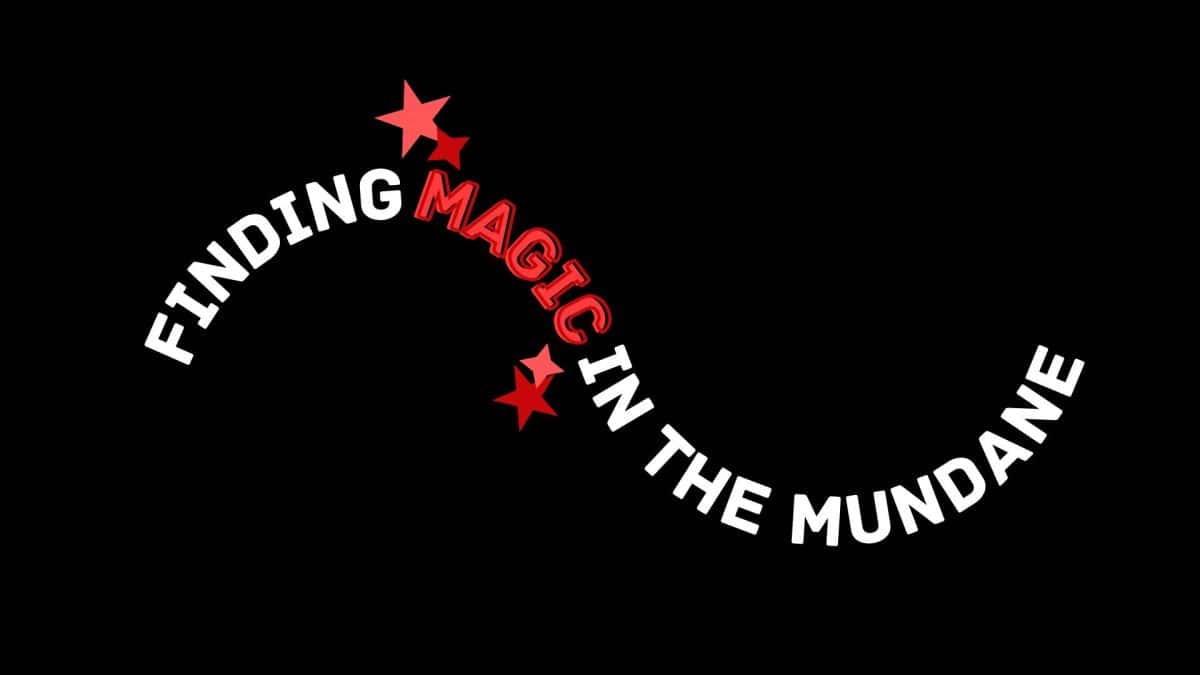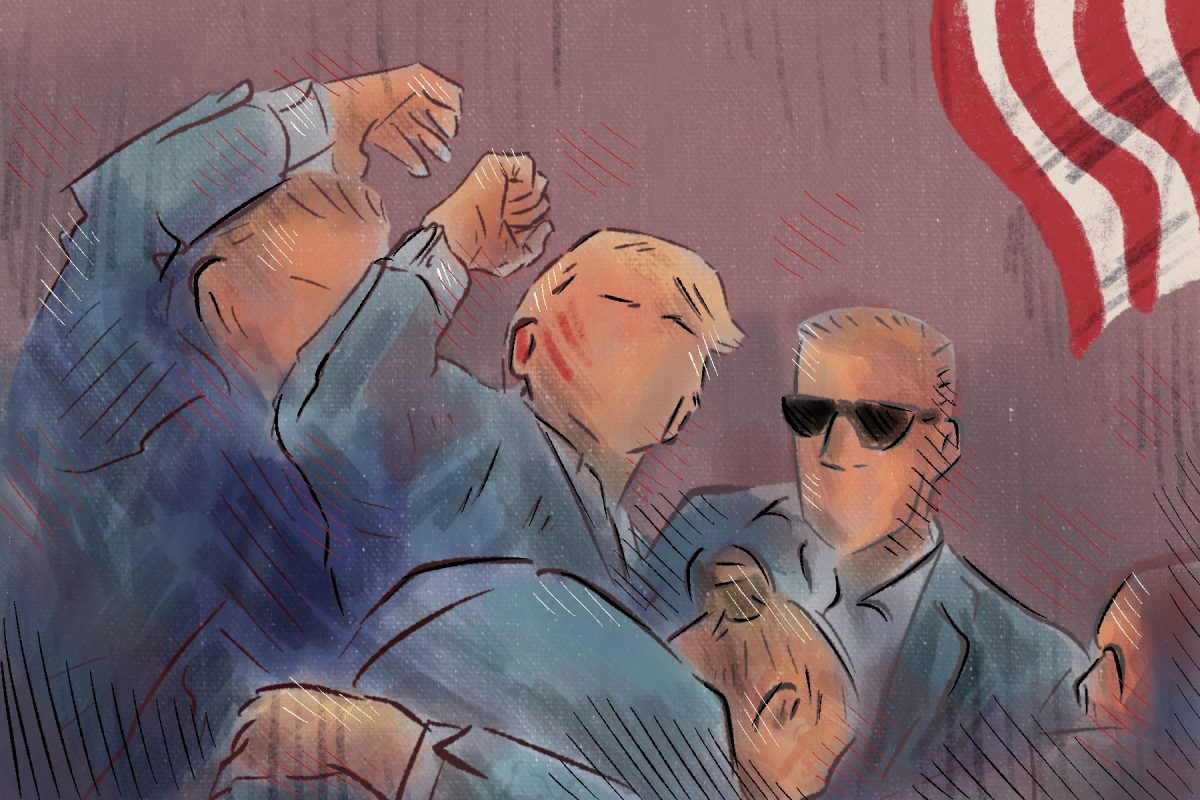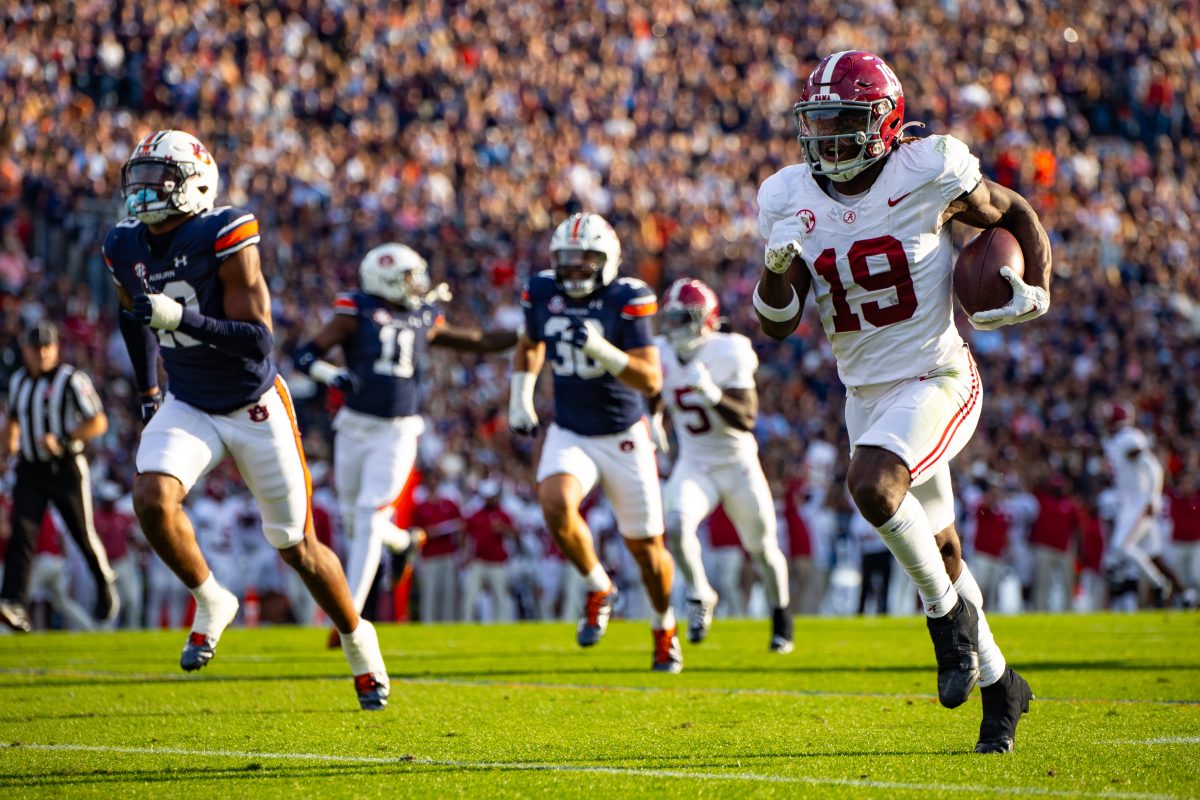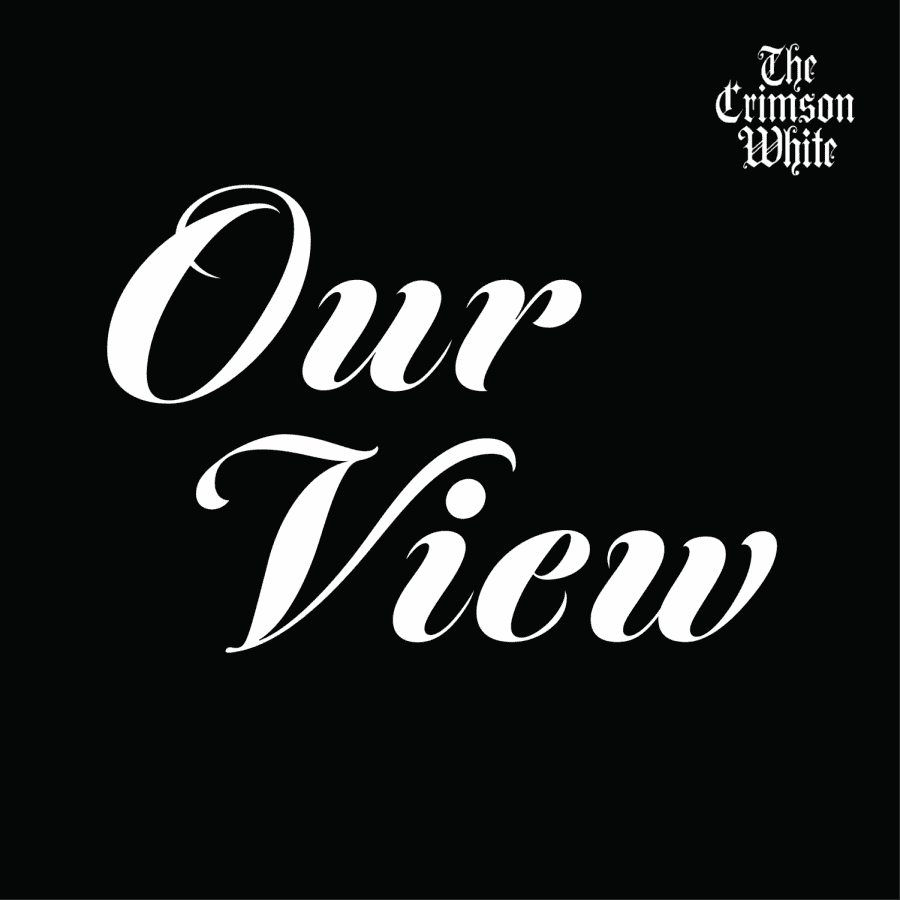![]() We have seen some truly remarkable evolutions of communication since the new millennium. Increase in the prevalence of cell phones eliminated the need to consistently know where our contact was or what they were doing. We no longer wait for someone to be at his or her house to call, because they are always reachable.
We have seen some truly remarkable evolutions of communication since the new millennium. Increase in the prevalence of cell phones eliminated the need to consistently know where our contact was or what they were doing. We no longer wait for someone to be at his or her house to call, because they are always reachable.
With the ability to contact anyone at anytime throughout the day, our reasons for calling became more definitive, and conversations briefer. Text messaging then gave us the ability to skip the salutations, polite introductory conversation and cut to the reason we contacted them. One text can ask the same questions that three minutes of conversation can ask.
Now, emoticons fill the place of text. “I’m happy” has turned into a symbol, just as “I’m mad, sad, confused” have the same options. Smart phones have given us even more creativity in emoticon expression. Emoticons have evolved from sideways colons and parenthesis to elaborate faces. Faces with different colors, tears streaming from their faces and even animals and symbols have become symbols in my texting conversations.
Many of my friends receive empty little boxes in their place, but the prevalence of iPhones has made most of my emoticons appreciated. I even have the option of sending symbols of objects, animals, food and drink to explain my reason for contact. If I want to grab lunch after class, I can send a symbol of a knife and fork next to a plate of spaghetti.
My most creative and all-time-favorite use of emoticons was a swirl symbol, followed by a tidal wave, another swirl and an exclamation point. One sentence down, and I was on a roll. I continued with: thumbs down, tiger cub face and then thumbs up, elephant.
Roll tide roll! Boo tigers, go elephants … of course. Excessive, sure, but let’s call that “gameday spirit.”
These emoticons require less work in return for greater understanding. They’re even more fun to communicate with. They have the ability to change the meaning of a text, solving a few issues with sarcasm. And for fun, I’ve learned with experience that an emoticon of a purple octopus isn’t a bad text to receive.
But in return, what is this briefing of conversation doing to our relationships? Undoubtedly, decrease in conversation sacrifices certain elements of our relationship. Emails and text messages have replaced conversations of catching up.
Hearing someone’s actual voice will always be more personal than text. Is convenience worth the forfeit of face-to face contact?
Emoticons have been credited for “the downfall of our society,” and the slimming of words shared is negatively perceived. This generation of text-massagers and emoticon-abusers must be an awfully disconnected and lazy bunch.
But I like receiving cartoon dancers and hand-symbols and animal faces throughout the day, because it makes me smile when I receive a smile. I’m not alone. Emoticons have been proven to trigger more emotion than text alone.
Convenience always comes at a price, and emoticons save time and energy. Emoticons have an ability to bring more meaning into a conversation, matching real facial expressions with miniature replacements. They are definitely unprofessional and are easily annoying. So use appropriately, sparingly and creatively.
And while our generation may be reverting back to hieroglyphics, we may also be learning how to effectively express our emotions better. Linguistics, just like technology, evolves, usually for the better. Briefer, yet more emotional messages are another transformation we have witnessed.
SoRelle Wyckoff is the opinions editor of The Crimson White.






